While fully AI-produced programming remains a way off, the likes of All3Media, Banijay, Fremantle and ITV Studios are using the emergent technology for everything from visuals to voiceovers, budgeting and pitches
In October last year, ITV Studios posted a job advert on LinkedIn seeking a head of generative AI to “drive the strategy and execution of AI-driven transformation across ITV Studios and ITV’s streaming services”, and to work on “implementation tools like AI-generated ideation, character development and enhanced production graphics”.
It was understood at the time that this would include generating ideas for creative use. The backlash was immediate, with creatives including screenwriters Jack Rooke, Lisa McGee and Liam Williams criticising the move.
It is perhaps testament to the speed at which AI tech has developed and embedded itself within our lives that 12 months on, while the creatives’ concerns about copyright infringement and the replacement of human talent remain, it is now a given that the major companies are grappling with AI and its implications.
For ITVS (and ITV), this mission is led by head of generative AI innovation Paul Kerrison, and supported by gen AI project lead Jennifer Adeeko, who monitor and track all use cases.

“If you want to try a new tool, you go through Paul and Jen to apply, fill out a form and then it gets kicked up to an AI oversight group,” says Helen Killeen, director of production at ITVS. The oversight group includes the chief technology officer and chief development officer, legal experts and Killeen.
“If there is a strong business case for trialling a new tool, and we all agree that the outcomes are worth it, then it will go through what we call the prevalence process, which can take weeks, where we check what the tech is behind the platform,” Killeen says. It’s “quite a lengthy and detailed process” she acknowledges, but one that is now widely understood within the company.
Fremantle similarly has a global AI lead in former Spotify exec Kevin Lingley, appointed in September. His role, according to chief legal officer Matthew Wilson, “is designed to give AI both strategic and operational coherence across the business”.
He continues: “Kevin’s remit covers working with our teams across the full value chain, including production, distribution and commercial, and will focus on responsibly embedding AI to drive creativity, operational transformation and sustainable growth.”
The approach is one that is constantly going through new iterations, Wilson says, but the focus is on ensuring it is “joined up” across the company, and on “frequent and transparent communication as well as driving adoption as broadly as possible”.
AI experimentation
All3Media hasn’t yet appointed a dedicated AI lead, but plans to do so within the next six months. In the meantime, the company’s AI Group is led by chief operating offi cer Sara Geater.
The group “brings together representatives from our production companies, Little Dot Studios, All3Media International, our director of technical operations and legal teams,” Geater says. All3Media has also recently established an AI Champions Group, made up of people across the business who are using and experimenting with AI tools.
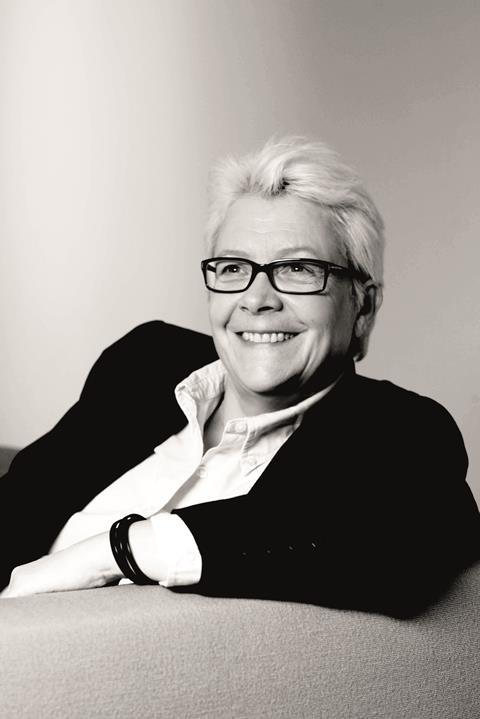
“This allows us to share insights, best practice and learnings across the group to ensure we have a joined-up approach across All3,” she says.
Banijay also has a steering committee, leading from international level, as part of what the company’s chief digital and innovation officer Damien Viel describes as being “obsessed with managing the complexity of our company as a federation of creative companies”.
There’s a danger with such a hugely disruptive technology of the big players in the market developing ‘FOMO’ [fear of missing out], and ploughing ahead with flashy projects, he says. But Banijay’s approach is to establish the basics centrally first, building “a solid group infrastructure, which lets the creative companies be creative with AI”, rather than simultaneously but separately becoming bogged down in technical and legal issues.
The committee includes representatives from each of the 23 countries in which Banijay operates “because we’re going to get a very different vision of what locally is available and what is expected”, Viel says.
The committee is heavily weighted to favour the creative side of the business, comprising people from scripted, unscripted, production and development, but also includes members of the finance and legal teams. HR is also represented, reflecting the fact that the technical advancements are changing how people work.
Across all of the super-indies, the focus is on exploring the opportunities afforded by AI at the same time as working to mitigate the legal risks and tracking AI use across the business.
A key concern for any production outfit is protection of IP. Once your IP is fed into a programme, how do you prevent elements of it from showing up in someone else’s AI-generated content? And how do you ensure work informed by your own use of AI doesn’t infringe on someone else’s copyright?

All3Media has a strict policy that before using any gen AI tool, users must opt out of contributing data for training, unless they have written approval from Geater or technical operations director Claire Feeney.
The company is also in the process of evaluating systems that detect infringements of its own copyright, Geater says.
Wilson says Fremantle “has well-established brand protection processes” and works to incorporate rules about AI infringements into the company’s playbook.
Safety first
ITV Studios deals with the problem by ensuring that any AI use by staff is done through software providers with which the company has an enterprise agreement, which all offer “a safe, walled environment”. As a result, Killeen says, anything fed into the tools or generated by them is guaranteed to be copyright protected.
Currently, ITVS has deals with Chat GPT, the audio, picture and video generators Adobe Firefly and Runway, and voice generator 11 Lab, and is poised to sign another with AI editing platform Quickture.
“We’re very clear with people that they shouldn’t go messing around with their own Chat GPT accounts and putting our content in there,” Killeen says. “It’s not cheap to do it this way, but it’s the safest way when you have a large organisation.”
Similarly, Banijay has agreements with companies including Adobe Firefly, which ensures “the group metadata is protected, and every output created by this gen AI tool is going to be commercially safe”, Viel says.
While there is some room for creatives to experiment with other programmes, he says, this would strictly be for creating pitch materials. Anything that would appear on screen or influence what appears on screen would “require a lot more protection and thoughtful organisation” – and oversight from above.
While Banijay does not yet have AI-generated content appearing in finished products, its labels are using it in pitches “on a daily basis”, Viel says.
“The quality, speed and cost that pitch content can be created for would be impossible to achieve using established methods”
Sara Geater, All3Media
This is echoed across the super-indies. As All3Media’s Geater summarises: “The like-for-like combination of quality, speed and cost that pitch content can be created for would be impossible to achieve using established methods.”
Wilson says Fremantle has won several funded developments using “majority AI materials”, and ITVS has gone one further. Its label Plimsoll, known largely for its natural history content and latterly for its factual entertainment formats, has produced a fully AI-generated non-TX pilot for a broadcaster. The project is still waiting on a greenlight, so Killeen can’t offer further details, beyond saying it “allowed us to bring to life periods of time that we would just never have been able to afford in VFX”.
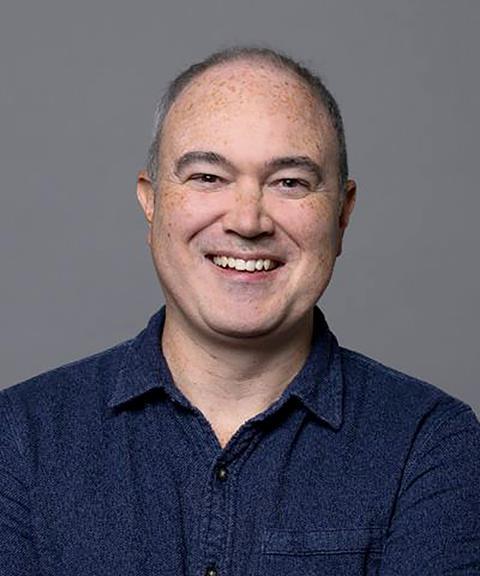
Two of the group’s labels, Lifted Entertainment and the US-based Nobody’s Hero, also recently scored a co-pro commission of gameshow Nobody’s Fool for ITV1, having used AI to help commissioners visualise gameplay. Lifted also used AI in the final stages of casting the most recent series of Love Island, asking Quickture to seek out the highlights of hours of footage to show to commissioners.
AI has quickly become ubiquitous in post-production, but ITVS is also exploring how it can support production management teams – for example, in helping to create budgets that can be quickly tailored to different tax credit regimes or automatically updating call sheets and schedules.
Fremantle, meanwhile, has launched its own “AI-first label”, Imaginae Studios, which, Wilson says, is “actively exploring projects that incorporate AI-generated visuals, sound and art on screen”.
The projects are still in early development, he notes, but the label’s remit is to experiment with both scripted and unscripted content, “using AI creatively to enhance storytelling and production”.
Enhanced production
At All3Media, AI isn’t widely used creatively within programmes, Geater says. “Broadcasters and platforms are understandably cautious and are working out how, and if, AI should be used – but there are some clever examples where it has helped enhance a production,” she adds.
She points to History Hit’s Shackleton: The Story Of Endurance, which fed Respeecher – a speech synthesis software – archive recordings of polar explorer Ernest Shackleton and crew members, and generated audio of them apparently reading their diary entries from the 1914 voyage. Similarly, Lion TV is working on When Socrates Met Confucius, a co-pro with a Chinese company, which used the two philosophers’ writings to generate the conversations they might have had if they had met.
Other examples include series six of Studio Lambert’s The Circle (Netflix), where human players were unknowingly pitted against an AI competitor created using ChatGPT, and a North One doc, currently in production, about the first-ever passenger rail journey, which is compensating for the lack of visual archive with AI imagery.
“We’re using AI to help make our teams more creative and do less of the grunty, mundane parts of their job”
Helen Killeen, ITVS
ITVS’s Killeen emphasises that what is crucial with the inclusion of AI elements on screen is trust and transparency – between production company, broadcaster and audience.
While unease about the impact of AI on creatives and the availability of creative jobs is unlikely to dissipate anytime soon, many of those Broadcast spoke to for this piece argue that creativity is at the centre of their approach to AI.
Killeen says her main focus is “around how the tools can help us be quicker and more editorially creative and get more commissions”, adding: “We’re using it as an advantage, trying to help it make our teams more creative and do less of the grunty, mundane parts of their job. We see it as additive – it’s only going to amplify the work that we do across studios and get things out quicker.”
“AI starts with a human and ends with a human – therefore creativity cannot be lost in the process of AI, if it is used responsibly”
Matthew Wilson, Fremantle
Similarly, Banijay’s Viel argues that generative AI will help the group “solve some profitability, efficiency and productivity issues”, allowing more investment in, and tools to support, creativity.
Fremantle, Wilson says, ultimately believes “that AI starts with a human and ends with a human – therefore, creativity cannot be lost in the process of AI, if it used responsibly”. He adds: “The key is using AI as a collaborator and a tool that expands creative possibilities while keeping creativity as its core.”

Ultimately, Killeen says, the industry is a long way off from seeing shows that are made “fully end-to-end with no humans”.
“I haven’t seen anything AI created yet that is long enough and creative enough, and editorially sound enough, that you could say it is really watchable on a broadcast format.” She points out that the main video generation platforms, such as Sora, have a limit of three to six minutes, although she acknowledges that the technology will only improve.
But, even if entirely AI-generated shows do become a reality, she argues it will only ever be part of the picture. “I think there’ll be two audiences [in the future],” she says. “There’ll be people who don’t mind if something is AI-generated and just want a quick half an hour of something on Tuesday night, but there’ll always be those who want their content ‘farm fresh’, organic and made by humans.”


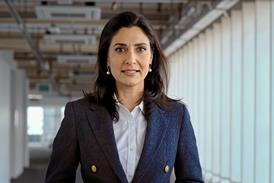



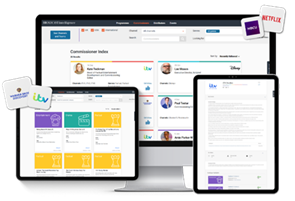
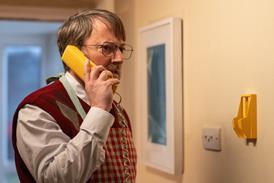


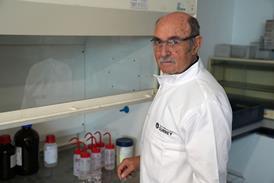


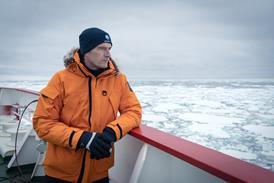
















No comments yet